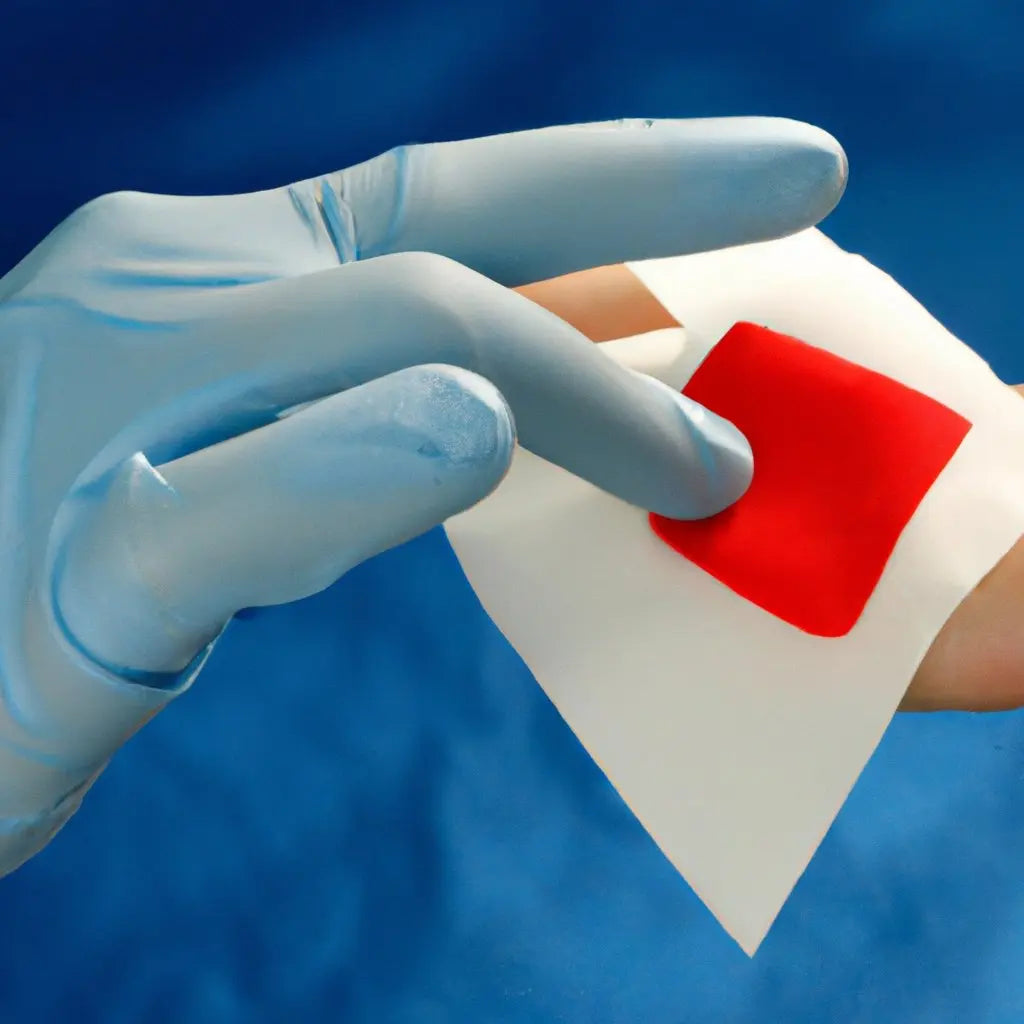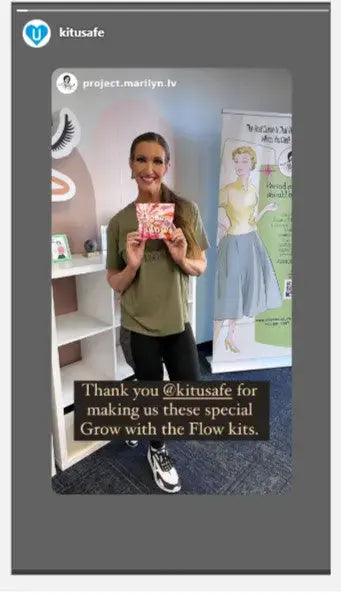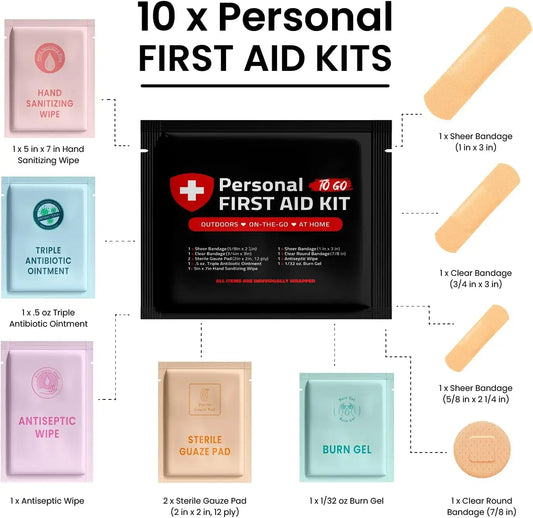Accidents can happen anytime, anywhere, and it’s important to know what to do when they do. Home injury first aid is an essential skill to have, and this comprehensive guide will help you prepare for major injuries at home. We’ll cover real-life examples, tips, and actionable steps to help you be ready for any situation.
The first step in home injury first aid is to assess the situation. If you don’t feel comfortable handling the injury yourself, it’s best to call 911 or seek medical help immediately. Even if you do feel comfortable handling the injury, it’s important to be aware of the signs of shock, such as dizziness, confusion, and a pale face. If any of these signs are present, it’s important to seek medical help.
Once you’ve assessed the situation, it’s important to stop any bleeding. This can be done by applying pressure to the wound with a clean cloth or bandage. If the wound is deep, it’s important to seek medical help as soon as possible. If the wound is minor, you can clean it with soap and water and then apply a bandage to keep it clean and protected.
If the injury involves a broken bone, it’s important to immobilize the area with a splint or sling. This will help prevent further injury and reduce pain. It’s also important to keep the injured area elevated to reduce swelling. If the injury is severe, it’s best to seek medical help.
When dealing with major injuries at home, it’s important to have the right supplies on hand. This includes menstrual products, such as individually wrapped pads, which can be used to absorb blood and other bodily fluids. This is a great way to stay hygienic and sanitary while dealing with an injury. It’s also important to have bandages, antiseptic wipes, and other first aid supplies on hand.
When travelling, it’s important to be prepared for any situation. This means packing a first aid kit with all the supplies you need to handle minor injuries. It’s also a good idea to have a list of emergency contact numbers, just in case. This is especially important for teenagers, who may not be able to handle certain situations on their own.
By following these tips and taking the necessary precautions, you can be prepared for any situation. Home injury first aid is an important skill to have, and this comprehensive guide will help you be ready for any situation. With the right supplies, knowledge, and actionable steps, you can be prepared for any major injury that may come your way.





